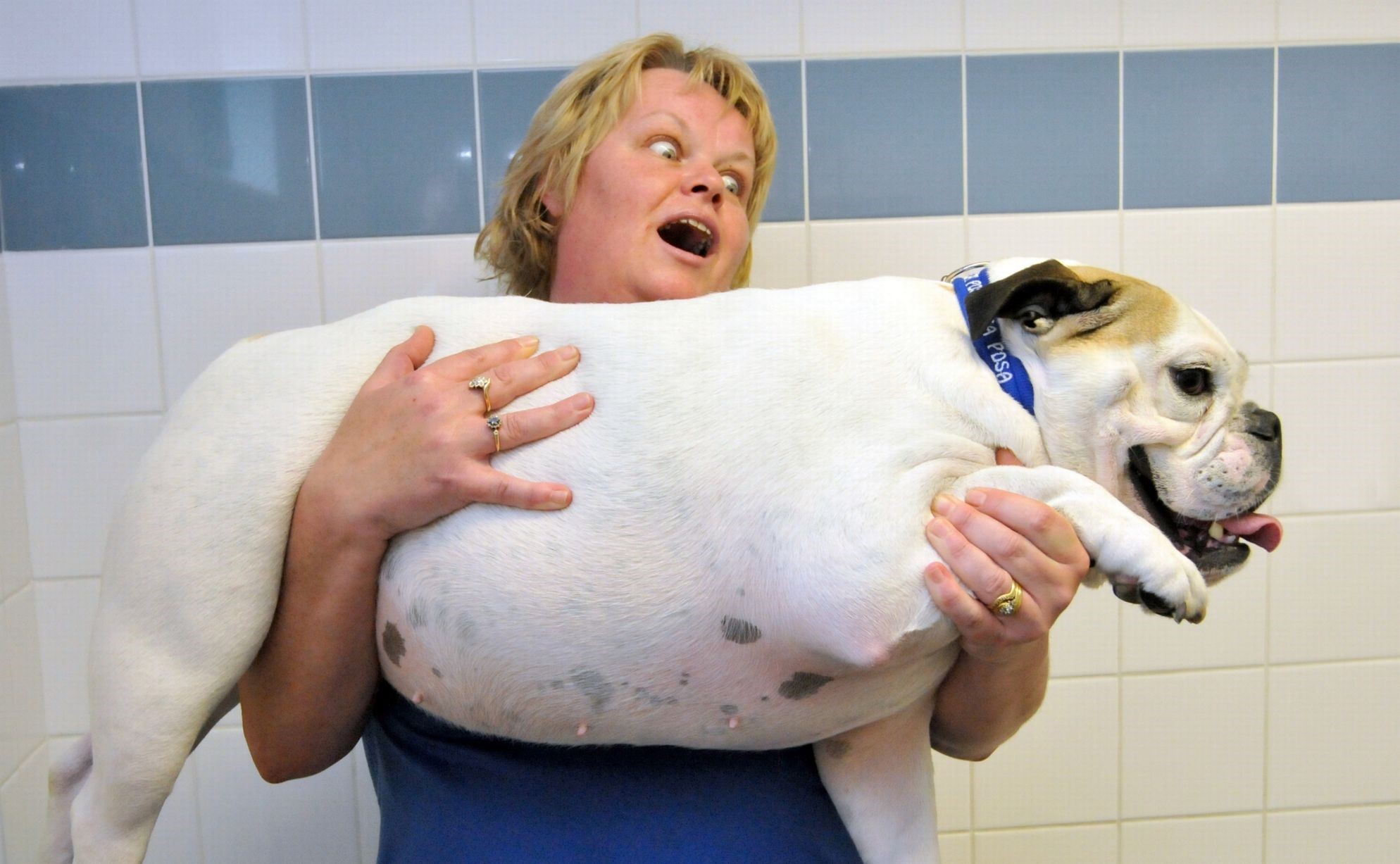Main Index
In Store
Our Web Store
Miniature Schnauzer Picture Gallery
Latest Dog Blogs
- What Are The Basic Commands To Train A Dog?
- PaySafe As The Most Popular Type Of Deposit
- Everything You Need To Know About Pet Sales
- Dogs Contribute To Our Physical And Mental Well Being
- How To Choose Where To Bet On Greyhounds In 2022
- Volunteer With Animals - How To Help Dogs Around The World
- Basic Understanding Of The House Edge
- Why You Should Get A Dog
- Top 20 Popular Dog Names Around The World
- Constipation in Dogs and How to Find Solutions
How To Recognise And Help An Overweight Or Obese Dog
- 25/02/2018
There is a certain misconception that an overweight dog or cat looks adorable. This tendency is always quite unfortunate and a poor pet parenting habit. Being obese poses serious health risks that lead to a shorter pet life than the leaner and trimmer dogs.
As the percentage of obese dogs increases, it is becoming more necessary to curb this unfortunate trend. This article on how to recognize and help an overweight or obese dog couldn’t have come at a better time.
Recognising an Obese Dog
Recognising an overweight dog requires the consideration of several factors. You can check most of these factors yourself.
1. You should easily feel the dog’s ribs
Feeling the ribs is one of the easiest ways of knowing when a dog is overweight. Ordinarily, you would feel a dog’s ribs by running your hands along the side. If you cannot feel the ribs, or if you have to press harder to feel them then she is overweight.
2. The waist should be discernible
When you view your dog’s abdomen from the side, it should be “tucked up” towards her hind legs. Or a top view of the dog has to indicate that the back half of the dog is marked out from the front half. Otherwise, if the dog is straight all through then she is obese.
3. Check for Fat Deposits at the Base of her Tail
Having a feel of the base of the tail (where the spine ends), should have a smooth feel with very little bits of fat. If you feel fat deposits, then you know something is up.
Helping an Overweight Dog
v Consult Your Vet
The first thing to do is consult a professional vet so that the dog’s ideal weight can be determined. Any weight that is 15% more than the ideal weight is obesity.
With this information, a proper feeding schedule can then be drawn based on the dog breed, age as well as nutritional needs.
v Take the Dog for Regular Exercises
The accumulation of calories in the dog’s body is one of the major causes of obesity. Taking out your dog for regular exercises burns these excess calories. It could be both morning and evening walks or playing catch games. Gradually increase the exercises, albeit as much she can handle.
v Decrease Calories Intake
Increased treats are one of the biggest contributors to obesity. Start by decreasing these treats, halving the amounts each time. If need be, you can also decrease the quantity of food you feed the dog.
Conclusion
Obesity or being overweight in a dog is a condition that is reversible by changing the daily lifestyle of the dog. More exercises, fewer calories intake or feeding her reduced food quantities uniformly during the day will come in handy in minimizing the chances of your dog becoming obese. These changes help alleviate the risks of too many fats in the dog.
Author Bio
Rosie is a founder of ChummyDoggy, where she shares the love and tips & tricks that will help you become a better “dog-mom”. She also has a dog, her name is Lola, visit her twitter @RosieTran20
Please Help Us
IrishDogs.ie takes a lot of time, money and hard work to produce. But we do it because we believe our perspective matters because it might well be your perspective, too.
Our future could be much more secure with your help. Please SUPPORT us by clicking on the Donate Button at the Top Right of your screen.
Quick Search
Donate
Latest Dog Pods
- Tips on How to Stop Your Dog from Biting
- Beware - Not All Advertised Dog Rescues Really Are! How Can You Know The Truth?
- Helpful Tips For Dog Obedience Problems
- How to Keep Dogs From Eating Poop
- Dog Grooming Tips - A General Overview of the Very Basics of Dog Grooming
- Recognising Different Types of Dog Obedience Problems
- 5 Important Tips On Feeding A Puppy




